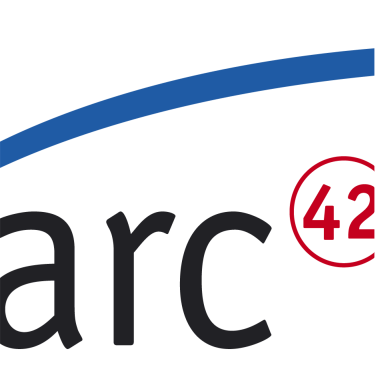Blackboxes respect the information hiding principle: To use a black box, you only need to know its responsibility and its input and output interfaces. Additional details from its inner workings are (usually) not required.
This concealment provides a number of advantages:
- You can change or modify the inner workings, without users (clients, consumers) needing to adapt to those changes.
- You might refrain from documenting the whitebox of this building block. That can reduce the maintenance effort of your documentation.
- Eventually you reduce the level of details that some stakeholders have to consider or know.
In extreme cases you restrict the building block view to level-1 (see tip 5-3 (‘level-1 is your friend’)), the whitebox of the overall system - without detailling any of the top-level building blocks.
Information sometimes required
According to “blackbox-theory”, knowing the responsibility and interface of such a blockbox is sufficient. But in reality, sometimes additional properties of such a building-block are required - for example runtime- or deployment properties or other kinds of qualities.
Let’s consider a simple blackbox - the square-root function (short “sqrt”) has a very simple interface (“API”):
sqrt( number ) -> number
where number > 0.
For a sqrt-blackbox the following several other properties might be important:
- what precision does our sqrt-blackbox provide, how many digits will it deliver. (“Correctness”)
- are all users allowed to use sqrt, or is our sqrt restricted to specific users (“Authorization”)
- can our sqrt-function be called by many parallel users (“parallelism, multi-user-capability”)
- will usage of our sqrt-function cost money
- how fast will our function deliver its results (“performance efficiency”)
From the examples you see that several “Qualities” might be relevant for your blackboxes.
